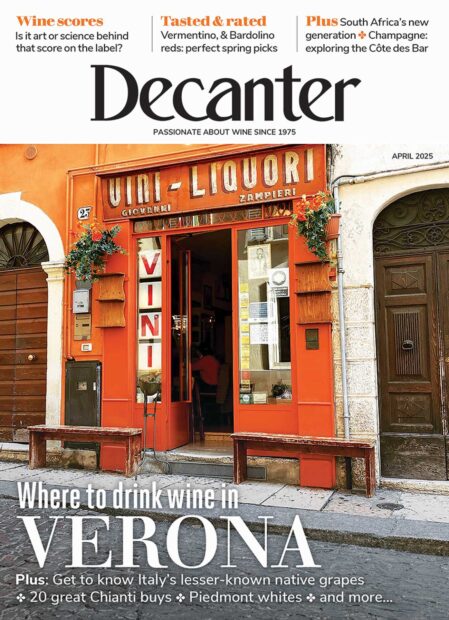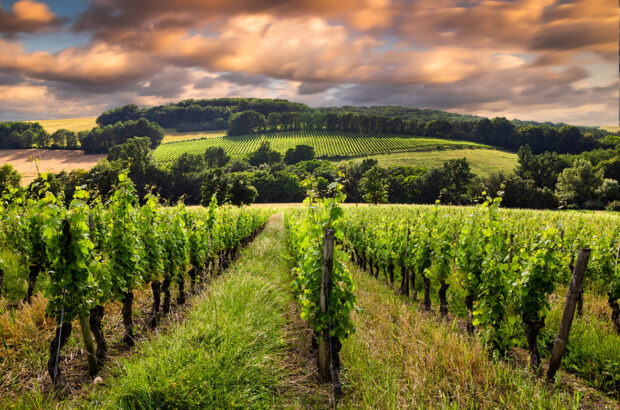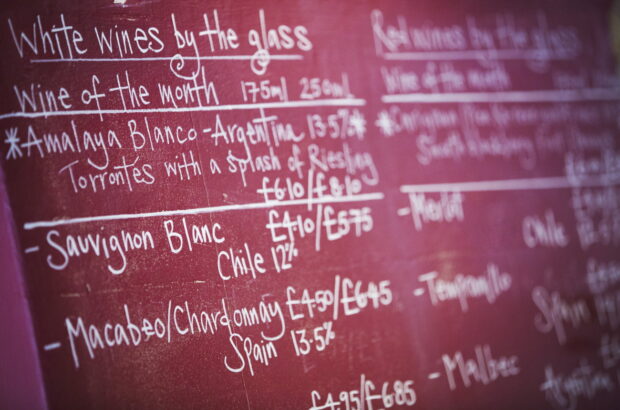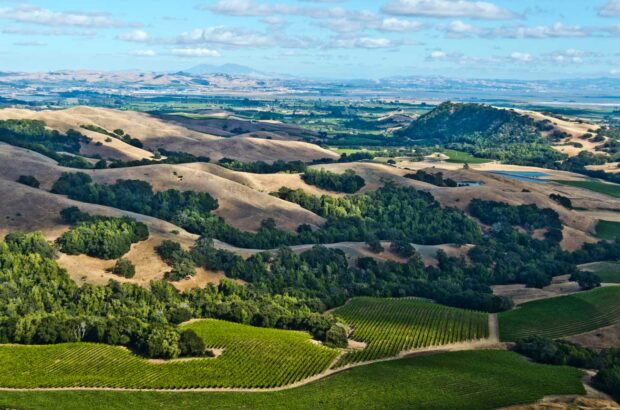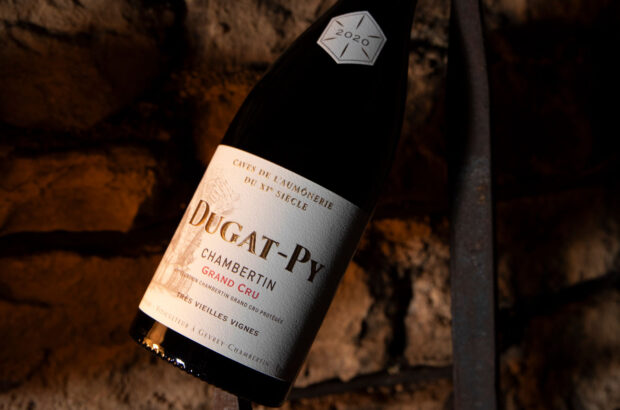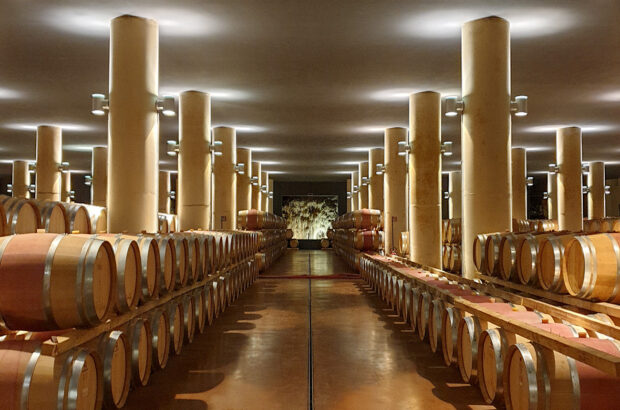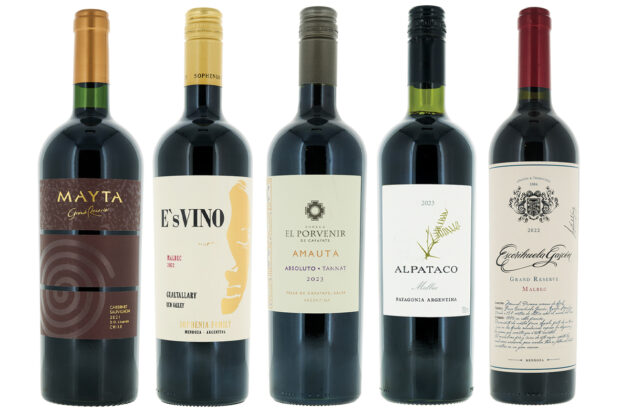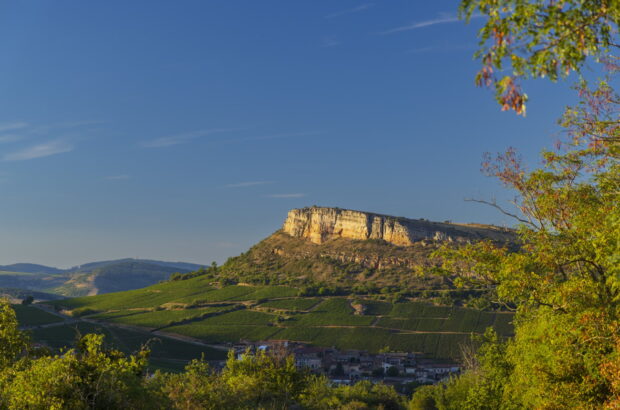I remember my first en primeur experience vividly. It was in 2013, so tasting the 2012 vintage. It was my first time in Bordeaux and I was struck by the grandeur of pretty much everything – the city, the beautiful châteaux, vast vineyard landscapes, the opulence of dining events and the array of seemingly never-ending bottles, non-blind or blind, laid out inside airy tasting rooms filled with critics quietly writing away. Tastings were for the most part held centrally, appellation by appellation, with the exception of a small number of wineries where samples were offered by appointment only.
Today, it’s mostly the same, though on a bigger scale. Not only do larger numbers attend – up to a record 7,000 wine professionals from the trade and press pre-registered for tastings in 2019 (up from a previous high in 2017 to taste the ’16s) – but a growing number of châteaux also choose not to send samples, thereby necessitating in-person appointment slots.
The number of wines rated by Decanter has also increased, from about 400 in 2010 to more than 850 today. This requires more time tasting than just the official en primeur week, which was held this year between 25-28 April, and which sees the largest concentration of people. As such it also plays host to a number of high-profile events, including the annual Union des Grands Crus de Bordeaux (UGCB) welcome soirée, as well as the Commanderie du Bontemps Ban du Millésime dinner catering for more than 800 people! And the hot-ticket Académie du Vin de Bordeaux dinner in which member estates present wines in various formats ending in the same last number as the current year – this year generously showing wines back to 1942.
The main function of the primeurs is of course to provide the trade its first opportunity to taste the newest vintage of unfinished wines from barrel, though samples (échantillons) are bottled with printed or hand-written labels rather than tasted directly from barrel – a more common practice in Burgundy, where smaller quantities limit the wastage. Due to the sheer number of tasters, thousands of samples can be consumed from a single estate’s grand vin, with fresh bottlings produced every few days. An insider’s joke says the reason Château Haut-Brion Blanc is one of the rarest and most sought-after Bordeaux whites is that such a large number of the 5,400-7,200 bottle production are consumed during en primeur tastings.
Tasting marathon
The primeurs also provide a chance to meet new owners and winemakers, hear from consultants, and see new wineries and cellars – this year was a showcase for the extremely impressive facilities at Châteaux Lynch-Bages, Haut-Bailly, d’Armailhac, Troplong Mondot, Figeac, TrotteVieille and Fleur Cardinale; all inaugurated in 2022 but functional for the 2021 vintage. Everyone takes their own approach to the tastings, some choosing to travel out before the official week – if only to avoid the inevitable traffic jams in and around St-Emilion and Pomerol – while many of the trade concentrate tastings into a few days, only visiting specific estates or sampling wines that they may be likely to buy and sell on.
I spread my first solo en primeur assignment out over one month, attempting to cover the entire region to give the widest perspective on the vintage. I started on the 1st April and finished on the 28th. In all, 21 days of tasting, with a break for my best friend’s wedding in the UK over Easter. My itinerary covered the UGCB tasting held for a small number of journalists at the Grand Hotel in Bordeaux city, 80 individual châteaux appointments, five consultancies, four appellation groups and three négociants. I tasted a total of 1,022 samples (including duplicates of a number of wines), and published 869 tasting notes written directly into spreadsheets that later went directly into the Decanter database.
Creating the hour-by-hour tasting schedule was a challenge in itself, carefully trying to work out exactly which estates needed specific appointments (all the first growths do, as well as classified estates and Pomerols), how long a given session might last (depending on how many wines might be presented) and the time it would take to travel from one place to the next. Sometimes multiple estates spanning different appellations but under the same ownership would present all the wines in one place, while others specified direct tastings only.
Château appointments provide an in-depth analysis of the vintage from a specific perspective and are often accompanied by exceptionally beautiful and thorough presentation booklets detailing everything from the year’s weather patterns (frost, rainfall, sunshine hours etc) to the blend, pH, alcohol, yield, production quantity and ageing regime. Sessions can last between 30-90 minutes. Consultant or négociant tastings take longer – over one or two days – but allow for a greater coverage of wines in a shorter time. The maximum number of wines I can, and did, taste in a day was around 120, though more experienced tasters can manage up to 160!
Driving 2,400km in total between appointments, it felt as though I spent almost as much time in the car as I did tasting. One particularly erroneous mix-up saw me embark from Bordeaux city on a day’s tasting in St-Emilion, only to find the samples were in the same owner’s Margaux estate. Two-and-a-half hours, a tasting of four wines and 128km later, I was back in St-Emilion to begin the afternoon’s appointments – c’est la vie!
I perhaps naively hadn’t expected the en primeur tastings to be so exhausting, physically and mentally, and I’m not quite sure how anyone manages that every year, let alone for more than one region a year. But it was also filled with incredible experiences, the most wonderful people and fantastic wines. I was warned that 2021 would not be the easiest Bordeaux vintage to taste; it wasn’t, but it will certainly linger long in my memory for all the right reasons.



